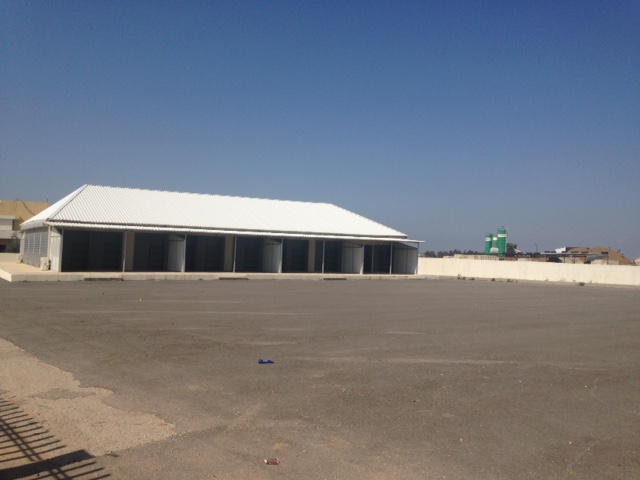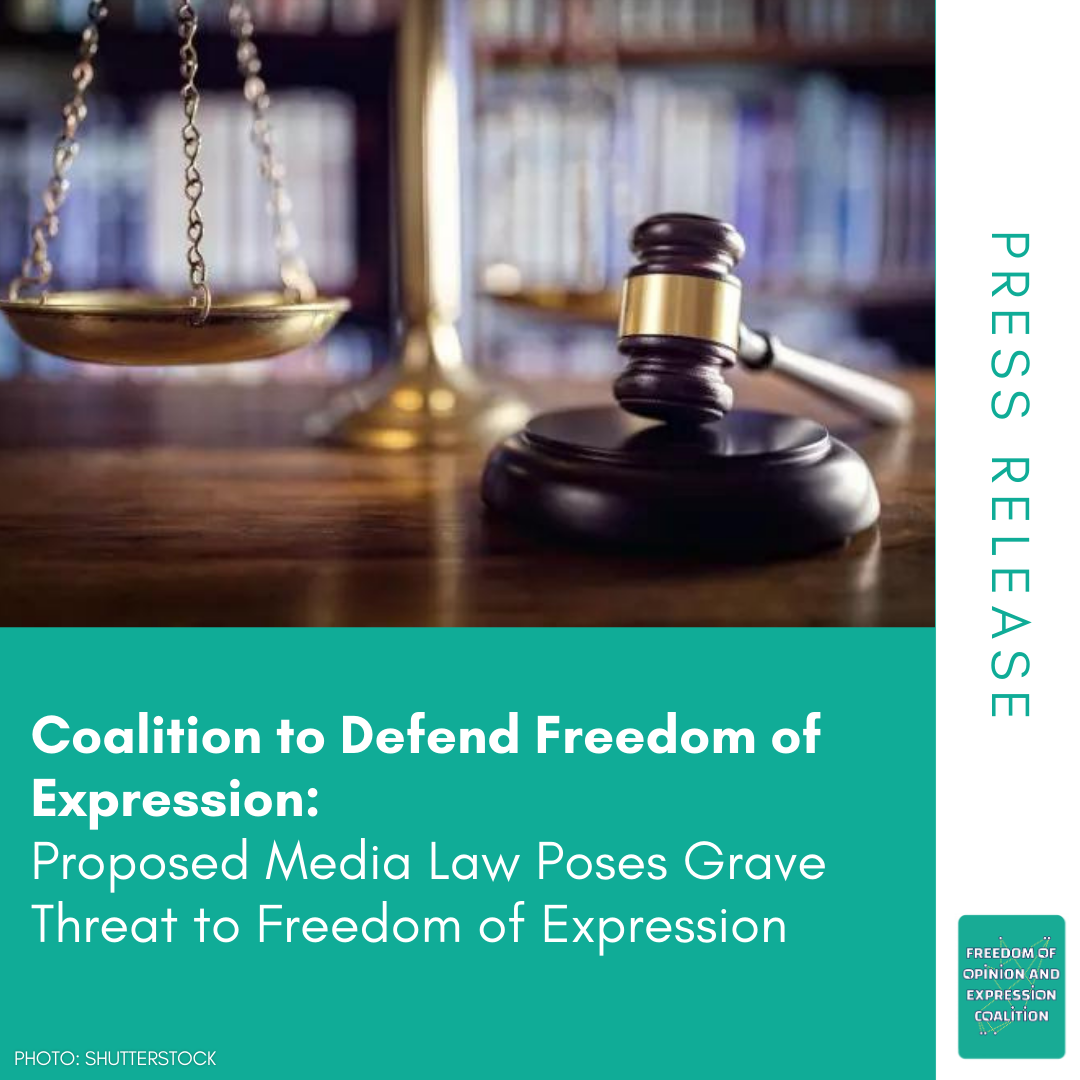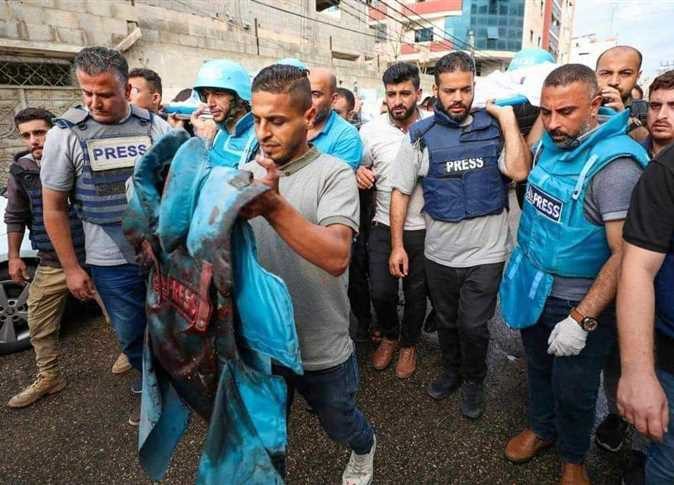Humanitarianism in an Urban Lebanese Setting: Missed Opportunities

Prior to the arrival of Syrian refugees and international humanitarian agencies in 2011, the Akkar region in northern Lebanon bordering Syria has rarely made global headlines. However, this region has historically suffered from local and national instability as a result of war and social upheavals without receiving adequate relief and support.
Basic infrastructure and public services in Akkar’s capital, Halba, are insufficient. Electricity, when not purchased privately, is available for only four hours per day. Local people have access to a small number of hospitals and schools. With the arrival of Syrian refugees fleeing violence, Halba – historically a regional hub for administrative affairs – has become a hub for humanitarian response too. Due to demographic growth, organic expansion and massive stress on infrastructure, an urgent reflection on the transformation of the city is increasingly needed.
This article examines the interface between ‘the urban’ and the humanitarian system in a Syrian-Lebanese border area. It aims to shed light on the antagonistic and, at times, collaborative relationships between local authorities, local and refugee labourers, and international humanitarian agencies. Moreover, in an era when humanitarian agencies expand their urban operations, cities contribute to “redefining the focus and limits (temporal, spatial, operational) of humanitarian action”.[1]
An ‘Urban’ Political Economy?
Home to 128 municipalities and 160 villages, Akkar is one of the country’s most deprived regions with severe poverty levels and the worst unemployment rate in the country. Out of Akkar’s total population of 1.1 million, a little over 700 thousand live below the poverty line: 341 thousand Lebanese, over 266 thousand Syrian refugees registered with UNHCR since 2011, 88 thousand Palestinian refugees, and almost 12 thousand returning Lebanese expatriates.[2] Too small to be called a city, Halba is more like an urban centre.[3] Society is still structured according to hierarchical relationships which characterise the landowning, class-based social organisation of the surrounding hamlets. Urban and rural are therefore interdependent categories at multiple levels. Local people move back and forth between these two environments, trading goods and services, and visiting family split between the city and the villages.
In this geography, the ‘city’ constitutes a spatial continuum with unclearly bounded informal assemblages, where large groups of Syrian refugees reside. During the 1980s, following demographic growth, many unauthorised houses were built in Halba’s former cotton fields, and refugees nowadays rent out some of these properties at unregulated prices.
It is perhaps not surprising that, when people who cope with economic hardships move to cities, they often revert to rural livelihood and survival strategies, such as cultivating vegetables and fruit in the streets, as is currently happening in Syria.[4] Likewise, some of Halba’s residents still work in the surrounding fields to earn a living, as the city does not offer a large number of job opportunities. Consequently, as Akkar-based aid workers have confirmed,[5] most humanitarian livelihood programmes are centred on rural activities.
Market places in Akkar’s towns and villages have gradually disappeared because of the lack of appropriate environmental and urban planning, the absence of public space, and worsening traffic. In this context, according to local inhabitants interviewed in winter 2017, local consumption outside of basic goods has barely increased: as a local resident affirmed during fieldwork conducted between February and March 2017, “local people are dragged by necessities, not leisure”. The refugee influx therefore increased the population without a corresponding increase in job opportunities.
Local Governance in Halba
The refugee influx resulted in the arrival of several international humanitarian agencies further stretching the capacity of local government in Akkar. The government’s decision in 2003 to upgrade Akkar from a district [qada’] of northern Lebanon to a self-standing governorate [muhafaza][6] was implemented only in 2014 when local authorities were already dealing with humanitarian governance to manage local service delivery and housing options. This raises an important and still unexplored question about the role of humanitarian systems in the process of northern Lebanon’s increasing administrative centralisation and coordination with humanitarian agencies.
In this vein, a local development office (LDO) has been created to enhance coordination between local and international NGOs, and inter-agency meetings now take place on a regular basis.[7] According to local governors,[8] such meetings brought in INGOs to better understand the local context, therefore contributing to an amelioration and an increase in local knowledge of needs, resources and capacities. Unfortunately this did not result in an actual coordination between the different service providers. Contrarily, some local NGOs have begun competing with each other for better access to international networks and larger funds.
The Syrian Refugee Influx in Akkar
With a population of 27 thousand local inhabitants and 17 thousand urban refugees,[9] the latter mostly reside in informal tented settlements (ITS) alongside public roads, or rent Lebanese-owned shared apartments in Halba at an average monthly cost of 400 USD. Syrian refugee families tend to rent properties in the same buildings. The ITS are subject to cyclic evictions by the Lebanese army.[10] Unregistered Syrian refugees tend to stay indoors for fear of being deported, making it challenging for UN agencies and NGOs to identify and assist them.
Although Syrian nationals in Halba still provide most of the unskilled labour for gardening, construction, cleaning, and agriculture,[11] the profile of Syrian migrant workers has changed. Those who came to Akkar prior to the Syrian crisis, were mostly young or middle-aged males.[12] They worked as seasonal labourers before returning to Syria. When the conflict broke out in Syria in the spring of 2011, some of these migrant workers brought their families to Lebanon. The local economy of Akkar, therefore, started to be formed by diverse segments of refugees, including both previous migrant workers and refugee newcomers, including refugee women, youth and children, who provide cheap labour on an irregular basis.
The Impact of Refugee Influx and Humanitarian Presence
The influx of refugees placed major economic pressure on the agricultural sector, in which Syrian nationals are legally allowed to work. Local peasants and refugees increasingly compete over the same jobs. Contrarily, Akkar’s property owners and rental agencies have seen increased international demand, because humanitarian agencies normally rent out cars and apartments to conduct their programmes in loco. What is important to illustrate is that, on the one hand, humanitarian actors have looked to Halba as a city to improve their logistic strategies and their engagement with local authorities; but, on the other, they have ignored its urban character and potentialities.
In this setting, the humanitarian system initially acted with a traditional, short-term, and urgent action-oriented focus. It neglected municipal and regional governors, local farmers and landowners, all of whom are not equipped to face emergency crises. The aid industry in Akkar, with meaningful delay, resorted to local authorities to guarantee legitimacy as a mere way to build quicker access to local populations, rather than invoking local in-depth knowledge of the territory. A deeper mutual understanding between the local governance and the humanitarian system, and their respective approaches to crisis are still lacking along with their possibility to integrate. Training local authorities and asking for their formal approval to operate have been mistaken for substantive engagement. No bilateral knowledge transfers between these systems of governance and care have occurred thus far.
The humanitarian system in Halba has initially attempted to enable individuals to cope rather than provide appropriate infrastructure. The UNDP and UKAID-funded market in Halba illustrates how the provision of public infrastructure needs to be carefully planned and coordinated with the relevant municipal authorities. The market, set in 6,000m2 of public space and with the capacity to accommodate nearly 390 traders, was inaugurated in December 2016.[13] However, it was shut down after four days as the newly appointed municipal authorities had not given permission to open the market and, moreover, the area was not served by any public transport.[14] As a result, even though UNDP had provided financial management and capacity building support to the Halba municipality, the market was short-lived. Ignoring the socio-spatial implications of the market’s construction, the actual needs and the local infrastructure ended up being unused, abandoned, and ineffective.
Humanitarian Livelihood Programming and Infrastructural Needs
Some humanitarian livelihood programmes, such as the International Rescue Committee’s coast cleaning project (from al-Abdeh to the Arida border-crossing), employ vulnerable citizens and migrants in a bid to contribute to improving the Akkar landscape and environment. Yet, the short timeframes of the humanitarian system make it difficult to sustain impact. Such a delayed encounter has shown how provisional the effects of humanitarian action can be if the aim to create well-functioning public infrastructures (waste management, access to water, etc.) comes late.[15] The international acknowledgment that pre-existing infrastructure in northern Lebanon could not cope with the massive refugee influx and create new job opportunities was also delayed. Despite the need to build access to local populations, humanitarian actors are reluctant to involve local authorities in their work. They unrealistically desire to keep humanitarian action out of local politics. Yet, their attempt at avoiding involvement in local politics and the decision to exclude public authorities, who still gate-keep urban settings to a certain extent, remain neatly political, often impeding multilateral knowledge transfers which would eventually lead to actual collaborations and exchange.
From a Place of Intervention to a More Appropriate Humanitarian Inhabitation
As the leader of the Akkar Traders’ Association reflected, “when shops shut down Halba dies”.[16] Indeed, aside from low local consumption and an overall constrained regional economy, the enhancement of the Halba business volume in the wake of humanitarian interventions has remained relatively low. Indeed, humanitarian actors have rarely resided in the city for everyday economic purposes, and based themselves in other surrounding villages where entertainment is more accessible.[17] They approached Halba as a mere place of intervention. This further points to the missed opportunities for collaboration between city authorities, longstanding service providers and humanitarian agencies in Akkar. Indeed, an urban-humanitarian encounter is not simply related to systematic programming, but it is also characterised by spontaneous daily interactions.
What follows is a list of concluding remarks that we hope will contribute to the wider urban-humanitarian debate. It is based on field research conducted in Halba in the winter of 2017:
– The collaboration between humanitarian actors and local authorities in Lebanon has historically proved to be successful and effective in already resourceful municipalities in Lebanon (e.g. the Beirut southern suburbs and southern Lebanon after the July 2006 war)[18]. In these settings, the municipal approval of humanitarian programmes is an essential condition for intervening. For example, the ART-Gold project, promoted by UNDP and Oxfam-Italia[19] after the 2006 Israeli war on Lebanon, has in practice strengthened the municipal services destined to local residents in Beirut’s southern suburbs (especially the districts of Ghobeiry and Haret Hreik). In this regard, humanitarian resources and support should be particularly channelled into the most vulnerable municipalities. In the same vein, Lebanon-based INGOs – which normally have easy and direct access to local municipalities in order to implement service provision – should not sideline the Lebanese government, but rather demand state responsibility while supporting its capacities.
– To make humanitarian action effective, public infrastructure needs more resources than the present provision of individual-focused activities, often meant to bring refugee lives back to normality (e.g. the majority of today’s humanitarian livelihood programmes). Indeed, local markets need to be approached from a relational and social perspective, able to highlight the relevance of a collective-oriented and area-focused approach to economic sustainability.
– Local municipalities in northern Lebanon paradoxically lack the incentive to improve the city: solid infrastructure and well-functioning urban systems, may attract larger numbers of refugees from other areas in Lebanon which are less well served. As the Global North’s borders become increasingly inaccessible, preserving the status quo, rather than enhancing the capacity of local authorities and infrastructures, spares Halba and other Lebanese areas having to host even larger numbers of refugees in search of job opportunities and better quality of life. The lack of incentives for local infrastructural improvement questions the oversimplifying dictum of “working with local authorities” which nowadays overpopulates the experts’ recommendations contained in policy briefs and humanitarian accounts. Thus, the international community needs to recognise and address its failure in equally sharing humanitarian responsibility vis-à-vis the refugee influx. In fact, this failure often results in the abovementioned lack of cooperation of local authorities.
[1] J. Fiori and A. Rigon (eds.), Making Lives. Refugee Self-Reliance and Humanitarian Action in Urban Markets (London: Save the Children and UCL, 2017, p. 106).
[2] OCHA, ‘North and Akkar Governorates Profile’, 2016, available at: https://reliefweb.int/sites/reliefweb.int/files/resources/North-Akkar_G-Profile_160804.pdf.
[3]D. Satterthwaite, The Scale and Nature of Urban Change Worldwide: 1950-2000 and Its Underpinnings, Human Settlement Discussion Paper Series (London: IIED, 2005, p. 22).
[5]Interview conducted in Halba, February 2017.
[6]The region was in fact originally part of the broader North Lebanon governorate. See: http://www.localiban.org/rubrique394.html.
[7]M. Boustani, E. Carpi, et al. Responding to the Syrian Crisis in Lebanon. Collaboration between Aid Agencies and Local Governance Structures (London: IIED, 2016).
[8] Halba, 8 March 2017.
[9]Demographic data has been provided by the secretary of the Akkar governor in February 2017 and then confirmed by Save the Children – Lebanon.
[10]‘Akkar Village to Begin Evicting Syrian Refugees’, Daily Star, 19 April 2017.
[11]F. Battistin, IRC Cash and Livelihoods Support Programme in Lebanon (IRC publication, 2015).
[12]J. Chalcraft, The Invisible Cage. Syrian Migrant Workers in Lebanon (Stanford, CA: Stanford University Press, 2009).
[13]UK Aid Funded Projects in Underprivileged Akkar, UK government website, 16 December 2016.
[14]Informal conversation with local residents, Halba, March 2017. Interview with the governor, Halba, 8 March 2017.
[15]For the major infrastructural needs across Lebanon after the Syrian refugee crisis see: UNHCR and REACH, ‘Multisector Community Level Assessment of Informal Settlements – Akkar Governorate, Lebanon’, Assessment Report, November 2014. To know the infrastructural projects that humanitarian agencies have undertaken, see: https://www.flandersinvestmentandtrade.com/export/sites/trade/files/market_studies/Libanon-infrastructureProjects2015.pdf.
[16] Interview conducted in Halba, March 2017.
[17] Interviews with local and international aid workers. Al-Qobaiyat (Akkar), March 2017.
[18] L. Mourad and L. H. Piron Municipal Service Delivery, Stability, Social Cohesion and Legitimacy in Lebanon (DLP




